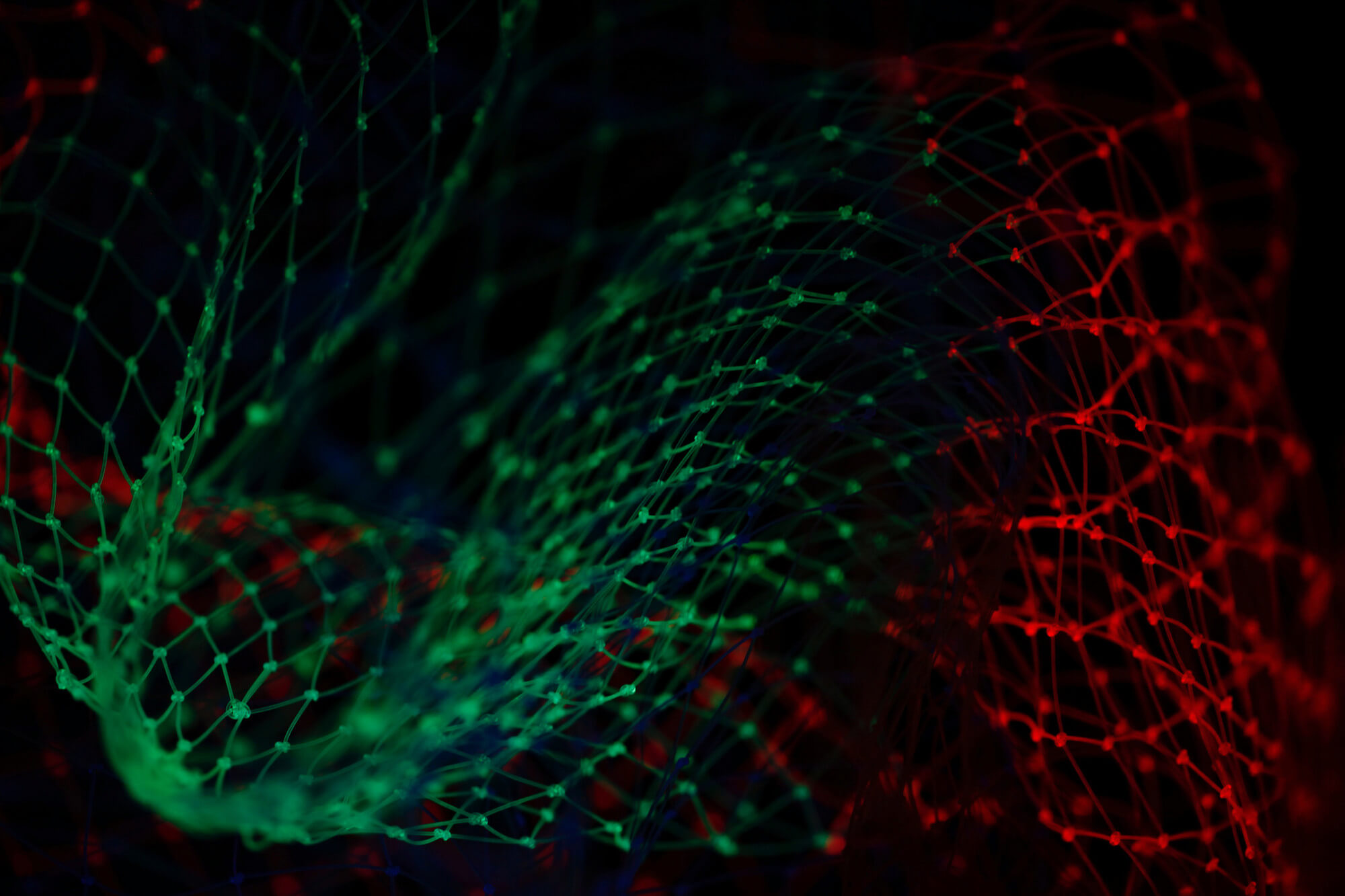AR’e You Talking to Me? Mini Case Study in Cell Signalling

At a Glance
Discipline
- STEM
- Biology
Instructional Level
- College & CEGEP
Course
- General Biology II
Tasks in Workflow
Social Plane(s)
- Individual
- Group
Type of Tasks
- Solving problems
- Reading
- Taking a quiz & test
Technical Details
Useful Technologies
- Clicker System
- Interactive Whiteboard
Time
- Single class period (< 90 mins)
Instructional Purpose
- Application & knowledge building
- Assessment & knowledge refinement
Overview
In this case study students will explore the components of cell signalling and gain a better understanding of receptors and how researchers build a model using acquired data. The study explores the cnidarian andregenic receptor (AR); a class of G-protein coupled receptors which bind adrenaline and cause a cell signal transduction cascade in the cell.
Instructors can use the flipped classroom strategy and provide the students with videos, assigned readings and a quiz before they enter the classroom. The instructor can also use just in time teaching (JITT) by using the quiz results to alter the in-class material. Within the classroom the students are split into groups and complete an assignment on andregenic receptors. The assignment will be followed by some multiple choice clicker questions. The instructor can allow the students to re-take the clicker quiz as a group, allowing for peer instruction. This case study also has an optional activity which utilizes a smart board. The optional assignment has the cellular components out of order allowing the students to place the components were they belong on the cell membrane.
Instructional Objectives
- Outline how cells communicate by describing the 5 main sequences of events essential for cell-cell
- Compare the 3 types of cell signaling that exist in multicellular organisms
- Name the type of molecules involved in recognizing and binding chemical signals and outline the mechanism that makes this reception a highly specific process
- Compare the 2 types of receptors that are classified based on location in the cell
- Compare the 3 types of transmembrane receptors in terms of mode of action
- Define signal transduction, signal amplification, and second messenger
- Using diagrams, outline the sequence of events in signal transduction pathways involving a phosphorylation cascade and the production of second messengers
- Outline the 3 general types of changes that cells generate as responses to chemical signals
- Describe 3 mechanisms by which cells regulate and/or terminate responses to chemical signals
- Describe the 2 types of direct intercellular communication that occur in animal and plant cells
Workflow & Materials

Activity Workflow
Applied Strategies
Published: 13/06/2019
Copyright: © 2025 Awad. This is an open-access article distributed under the terms of the Creative Commons Attribution License (CC BY). The use, distribution or reproduction in other forums is permitted, provided the original author(s) and the copyright owner(s) are credited and that the original publication on this website is cited, in accordance with accepted academic practice. No use, distribution or reproduction is permitted which does not comply with these terms.


